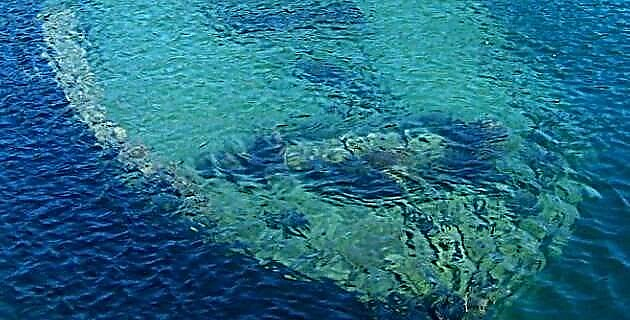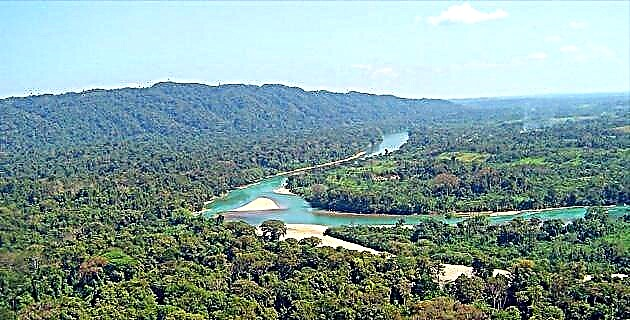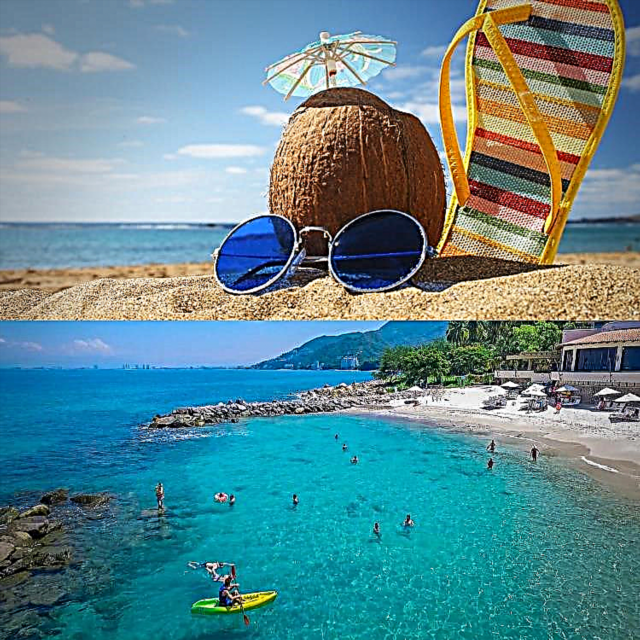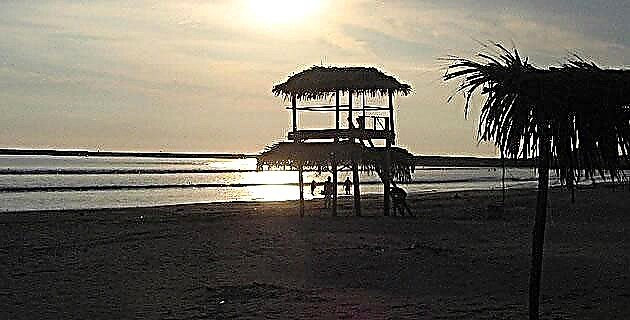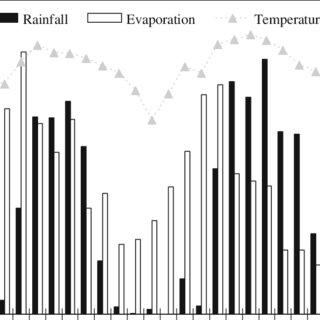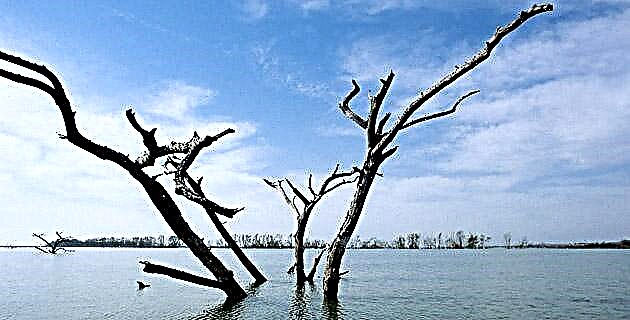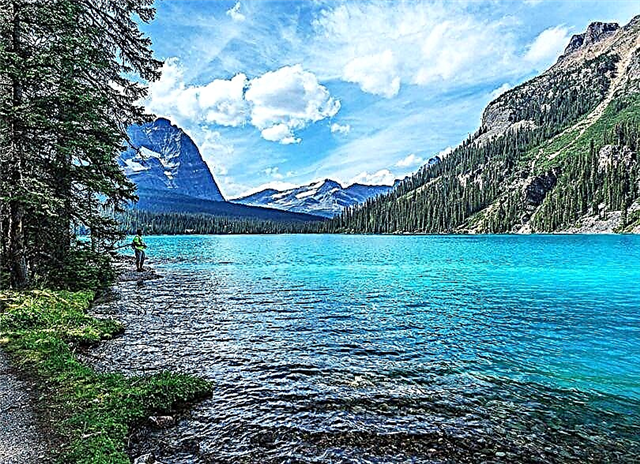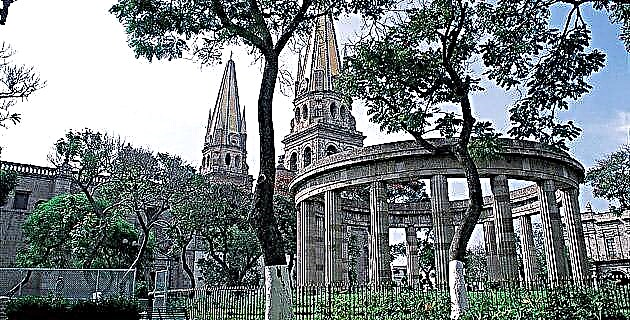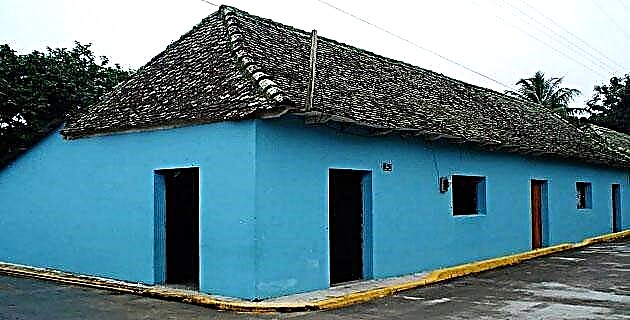
Today, from the extensive and rich architectural mosaic that the state of Veracruz offers, it is worth highlighting the vernacular style of the riverside houses of the Nautla River, or Bobos River, which reveal the presence, among others, of French culture and its influence until the Present.
The 19th century was the scene of the gradual independence process of the American nations, as well as the transit of thousands of immigrants from all over the world, whose dream of prosperity was in America. In this context, the first group of 80 French immigrants, men and women, arrived at the riverside town of Jicaltepec in 1833, mostly from Franche Comite (Champlitte) and Burgundy, northeast of France; his purpose was to establish a Franco-Mexican agricultural company under the direction of Stéphane Guenot, and his arrival immediately established a point of cultural contact between Mexico and France.
The foreign influx in the last century was also a consequence of the fact that the state of Veracruz was already part of a network of maritime communications in the Gulf of Mexico. Through the trade routes established between America and Europe, the region maintained contact with the French ports of Le Havre, Bordeaux and Marseille, without discounting the ports of call of the Antilles and French Guiana (Port-au-Prince, Fort de France, Cayenne ), and those of the north of the continent (New Orleans, New York and Montreal).
Towards the end of the 1850s, a unique type of vernacular construction developed in Jicaltepec (municipality of Nautla), the origin of which is largely due to the contributions of French immigrants. The first group of Gauls was joined by people from Burgundy, from Haute Savoie, from Alsace - eastern provinces - and, successively, from southwestern France: Aquitaine and the Pyrenees. They also came from Louisiana (USA), from Italy and from Spain, mainly. These immigrants exchanged knowledge, experiences and construction techniques typical of their places of origin, and at the same time assimilated and interpreted the baggage already existing in the region. This cultural exchange can be seen in the way they applied materials and techniques in the construction of their homes and agricultural units; little by little, the resulting types of houses spread along the banks of the Nautla River.
The climatological and hydrological conditions determined, to a large extent, the type of housing and the lifestyle of its inhabitants. The adaptation process on the banks of Nautla represented, above all, the transformation of the conditions from an adverse environment to one more favorable for life.
A constant in this type of house was the use of a high and angular roof, rare in Mexico, whose armor is made up of different woods cut and assembled under specific measures, and finally covered by thousands of "scale" tiles hung, by means of from a spike or nail, which is part of the tile, to a thin wood called "alfajilla".
This type of roof is called "half-skirt", because it has a four-roofed or "four-sided" roof. It uses a fairly steep angle and slope, known as "duck tail", which prevent rainwater from affecting the walls, especially in times of storms and "north". Likewise, the very European custom of building one or more dormers on the roofs is observed in some houses.
The elaboration of the brick for the walls and the “scale” tile of the roof; the use of "horcones" or wooden pillars and carpentry work; the layout of the rooms and openings to allow natural ventilation; the plaster with oyster shell lime; the elliptical arch lowered in doors and windows, and the porch with Tuscan columns - fashionable in Veracruz in the past centuries - are some of the adaptations of materials, techniques and styles that the artisans of the Nautla region applied to the construction of the dwellings.
The flake tile house style, today, extends approximately 17 km along the Nautla River, on both banks; and its influence on neighboring towns is notable, for example in Misantla.
With the access to the property of the descendants of the Gallic settlers to the left bank (today the municipality of Martínez de la Torre), in 1874 new communities were created that maintained the construction pattern applied in Jicaltepec, with a significant advance in the projection of the house, especially in the use of space. The houses on the left bank are usually in the center of the property and are surrounded by gardens and areas for vegetables and activities typical of the countryside, such as agriculture and livestock. The facades have wide porches supported by Tuscan-type columns and wooden "horcones"; Sometimes the roofs have one or two dormers on the side of the façade, oriented towards the royal road –now in disuse, which runs parallel to the river. Some homes have their own jetty, which indicates dependence on the Nautla River as a means of communication and an alternative source of supply.
A sample of the influence of this type of house beyond the banks, we can find it in the south of the Nautla river, in the town of El Huanal (municipality of Nautla).
The construction there is the result of the assimilation and interpretation made by an Italian immigrant, of the style of house existing in the region at the beginning of the century. This is observed in the use of flake tiles in a gabled roof with a dormer on each roof, and in the fitting out of the attic as a bedroom. Its royal foundations and part of its walls are made of river stones, and its façade shows a different conception from the traditional way.
In the El Copal ranch you can see a large construction (owned by the Anglada family); Its dimensions and its facade with arcade and flower boxes, as well as the blacksmith work, show a great resemblance to the large and late buildings found in Jicaltepec, such as the ejidal house and the house of the Domínguez family.
During the Porfiriato, the construction of scale tile houses in the Nautla region reached its stylistic maturity. An example of this is the Proal family's house in Paso de Telaya, which dates from 1903. The house has withstood the “nortes” and the great floods of Nautla, but the lack of maintenance and its proximity to the river threaten its permanence.
On the road that goes from San Rafael to the Jicaltepec pier is the Belín family house, one of the first flake tiles that were built on the left bank around 1880, and which is preserved in good condition (it still has the “ horcones ”original of the framework of its walls).
The use of different regional woods in construction, such as cedar, oak, "chicozapote", "hojancho", "moral" and "tepezquite", and foreign woods such as cured pine or "pinotea" from Canada, and more recently the elm, shows the variety of material resources that the environment provides, as well as the sum of knowledge acquired for the construction of rustic houses. On the other hand, the use of wood for the roof and flake tile for the roof makes a light construction possible and easy to make.
An aesthetic characteristic of the houses on the banks of the Nautla River is the Chinese pagoda shape that the roof adopts. This occurs when the timbers of the roof truss flex slightly from the added weight of the wet shingles, due to the tropical climate of the region.
Around 1918, a unique house (now owned by the Collinot family) was built in El Mentidero in front of the La Peña pier, which boasts an undeniable Veracruz-style façade. It has the success of having been built on high ground, which has protected it from the rising of the river, but not from the passage of time or deterioration caused by the environment.
At present it is possible to appreciate in El Mentidero, houses in good condition. Some of them have been renovated and modernized, without losing their functional and rustic character; In contrast, there are a large number of homes in a frank state of abandonment.
In Nautla, the development of this type of architecture is late (1920-1930), and coincides with the boom generated by the North American citrus companies; the Fuentes house is a vestige of this time.
Nautla, as a strategic port of entry and exit for people and goods, confirms the importance of navigation in the economic development of the area, as well as the establishment of the maritime routes that existed between the region covered by this river and the ports of the Gulf of Mexico, the Antilles, North America and Europe.
In France, the use of scale tile can be seen in buildings from the 18th century; this is how it is shown in Burgundy, in the Beaujeu, Macon, Alsace and other regions. In Fort de France (Martinique) we have also verified the ancient existence of this tile.
According to some historians, the first tiles that arrived in the Nautla region were brought from France as ballast and merchandise. However, the oldest tile that has been found is from 1859 and has the signature of Pepe Hernández. In addition, tiles with the Anguste Grapin inscription have been found with different dates, between 1860 and 1880, a period that coincides with the economic progress of the region, especially with regard to the cultivation and export of vanilla.
The construction of the scale tile house in Jicaltepec was maintained until the late 1950s, but was largely replaced by the appearance of lower cost materials (asbestos sheet), radically sacrificing the aesthetics of the houses.
Today, despite continuous economic crises, the construction of a flake tile house subsists. At the end of 1980 a renewed interest arose to maintain the style of the houses, imitating the traditional models, only that at present the tile dispenses with the wooden framework and is glued on the cast. But these restoration initiatives are isolated and depend solely on the owner.
Unfortunately, there are several houses that are threatening to collapse, such as that of the Proal family in Paso de Telaya; that of the Collinot family, in El Mentidero; that of the Belín family, on the road from San Rafael to Paso de Telaya, and that of Mr. Miguel Sánchez, in El Huanal. It would be highly recommended that the governments of France and Mexico plan the restoration of this common heritage and thus create a tourist attraction for the region.
IF YOU GO TO THE BANKS OF THE NAUTLA RIVER
The access road to the towns on the left bank, belonging to the municipality of Martínez de la Torre, is by taking federal highway no. 129 from Teziutlán-Martínez de la Torre-Nautla, heading to San Rafael, at kilometer 80 of said highway; to visit the towns on the right bank, belonging to the municipality of Nautla, the access road through federal highway no. 180, 150 km from the port of Veracruz.

